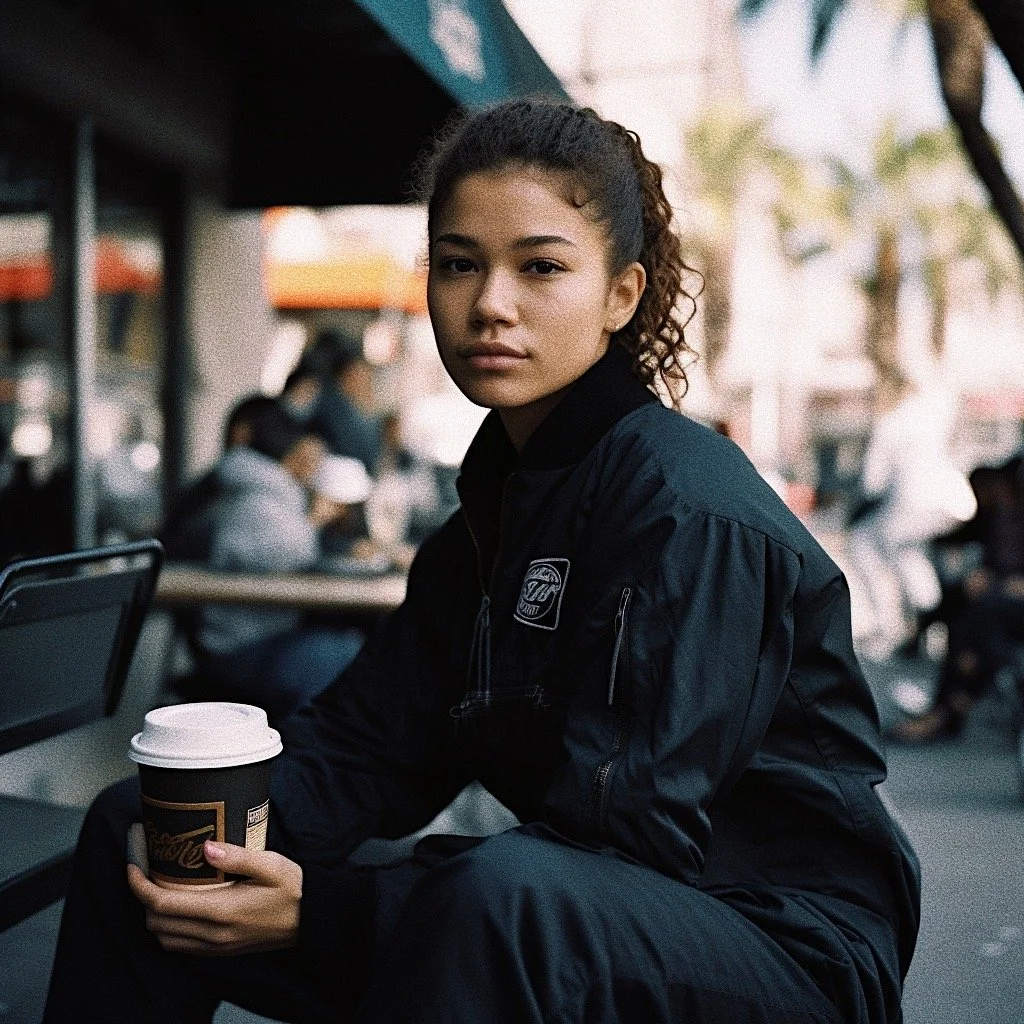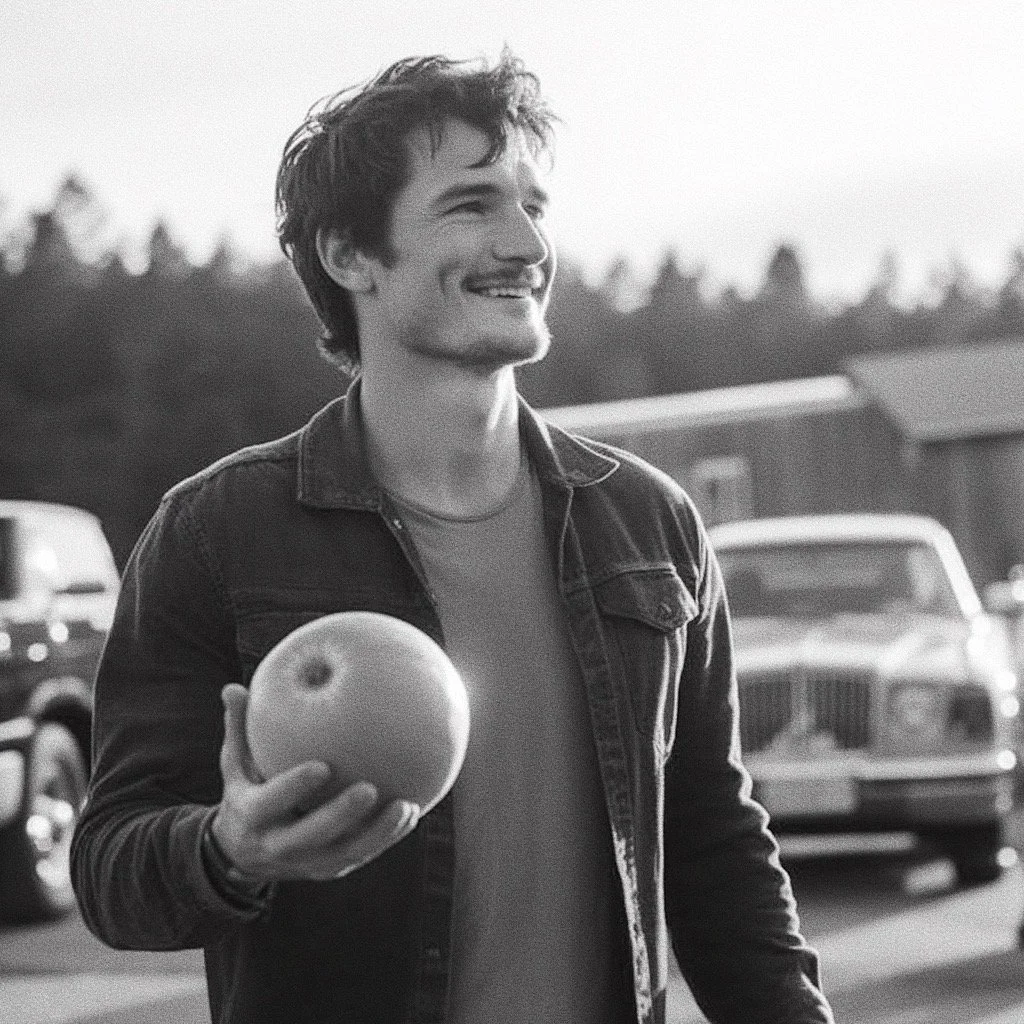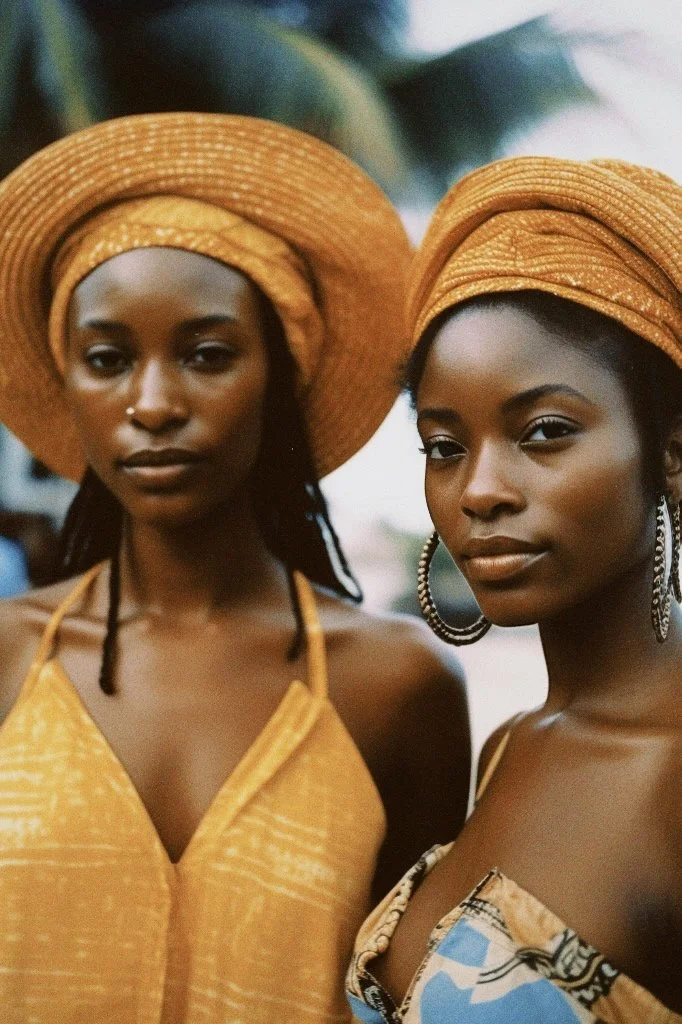Diversity and Social Media Influencers: Debunking the Myths and Embracing the Change
It's 2023, and diversity is more than just a buzzword; it's a crucial element in every aspect of society, including influencer marketing. But despite the growing conversation around representation and inclusivity, there's still a glaring disparity in the world of social media. So, let's dive into the topic of diversity among social media influencers and debunk the myth that diverse voices are "hard to find." Grab a snack, sit back, and prepare for some eye-opening insights and a dash of humor (because who doesn't love a good chuckle?). We’ll even provide resources and actionable steps to help brands work more closely with diverse influencers.
The Importance of Diversity in Social Media Influencers
According to a study by McKinsey & Company, diverse companies are 35% more likely to outperform their less diverse counterparts. Moreover, data from Nielsen reveals that 85% of women make purchase decisions based on social media recommendations, and 60% of women consider diversity when deciding to follow an influencer. These statistics emphasize the importance of diverse representation in influencer marketing.
Yet, according to a 2021 study by the Influencer Marketing Hub, only 22% of influencers chosen for brand partnerships are from diverse ethnic backgrounds, even though diverse demographics make up 42% of the US population. This gap begs the question: why are more diverse influencers not chosen for brand partnerships?
The Myth of "Hard-to-Find" Diverse Influencers
One of the main arguments brands state about not hiring more diverse voices is that they're hard to find. Well, spoiler alert: that’s bullshit. With millions of influencers on social media platforms like Instagram, TikTok, and YouTube, finding diverse influencers is easier than ever. In fact, let's go ahead and debunk this myth right here and right now.
An interview with influencer marketing expert Sarah Evans revealed that brands often don't prioritize diversity in their search criteria when looking for influencers. Instead, they may rely on algorithms that favor established influencers, which can perpetuate a lack of diversity. Time for a little algorithmic spring cleaning, perhaps?
Moreover, a 2021 study by digital marketing agency Tagger found that among their database of more than 5 million influencers, over 40% identified as non-white. So, with diverse influencers already making up a significant portion of the influencer population, there's really no excuse for not partnering with them.
Platforms like Fohr and Tribe Dynamics offer in-depth analytics and searchable databases that help brands find influencers based on demographics, interests, and other criteria. Additionally, websites like Influence.co and WeAre8 provide directories that enable brands to discover and collaborate with diverse influencers.
Statistics Supporting the Power of Diverse Influencers
A study conducted by the Interactive Advertising Bureau (IAB) found that multicultural consumers represent 40% of the U.S. population and hold $3.4 trillion in buying power. Moreover, research by Nielsen shows that Asian Americans hold $1 trillion in buying power, while Pew Research Center reveals that their population has grown by 72% since 2000. These figures illustrate the potential for brands to tap into diverse markets and harness the power of diverse influencers.
Black, Latino, Asian, and Native American influencers are making a significant impact on the influencer landscape. For instance, black-owned businesses have seen increased visibility and support through the efforts of black influencers on platforms like Instagram and TikTok. Furthermore, the Hispanic Heritage Foundation has created initiatives to promote Latino influencers and their contributions to the digital space. Asian influencers have also played a critical role in raising awareness about anti-Asian hate crimes and supporting the #StopAsianHate movement. Native American influencers are using their platforms to educate followers about Indigenous culture and advocate for the protection of sacred lands.
There are countless diverse influencers making waves across social media platforms. Here are some examples, along with their follower counts and niche industries:
Jackie Aina (1.6M followers on Instagram) - Beauty and Lifestyle
Bethany Mota (5.4M followers on Instagram) - Fashion and Lifestyle
Deepica Mutyala (221k followers on Instagram) - Beauty, Fashion, and Lifestyle
Nabela Noor (1.4M followers on Instagram) - Body Positivity and Lifestyle
Steven Onoja (128k followers on Instagram) - Men's Fashion and Lifestyle
Yovana Mendoza (1M followers on Instagram) - Vegan Lifestyle and Wellness
James Jones (1.3M followers on TikTok) - Indigenous Culture and Activism
Embracing Change and Working with Diverse Influencers
Now, let's discuss how brands can take action and work with more diverse influencers:
Prioritize diversity in your search criteria: When looking for influencers, be proactive about seeking out diverse voices. Use specific keywords and filters to find influencers from various ethnic backgrounds.
Utilize influencer databases and platforms: Platforms like Tagger and AspireIQ offer extensive databases of influencers, allowing you to filter by ethnicity, language, location, and more. This makes finding diverse influencers a breeze.
Engage with diverse online communities: By engaging with diverse communities on social media platforms, you'll naturally come across a treasure trove of talented influencers from different backgrounds.
Partner with diversity-focused agencies: Working with agencies that prioritize diversity in their influencer partnerships can help you connect with influencers from various backgrounds more easily. Examples include Shade, which focuses on Black influencers, and We Are All Human, which promotes Hispanic influencers.
Encourage diverse employee input: Seek opinions and recommendations from your own diverse team members when choosing influencers. They may have insights into niche communities and influencers that may have otherwise gone unnoticed.
Be authentic and genuine: When partnering with diverse influencers, it's crucial to be authentic and genuine in your approach. Avoid tokenism and ensure that your brand's commitment to diversity goes beyond surface-level partnerships.
Monitor and track progress: Regularly assess your influencer partnerships to ensure that you're making progress in promoting diversity. This will help you stay accountable and identify areas for improvement.
In conclusion, it's clear that working with diverse influencers is not only beneficial for brands, but it's also a necessary step toward creating a more inclusive and representative digital space. With numerous resources available for discovering and collaborating with diverse influencers, there's no excuse for brands to maintain the status quo. By taking action and embracing change, businesses can ensure they stay relevant and connected with their diverse audience. So, let's all work together to amplify the voices of diverse influencers and make the world of social media a more colorful and vibrant place.



